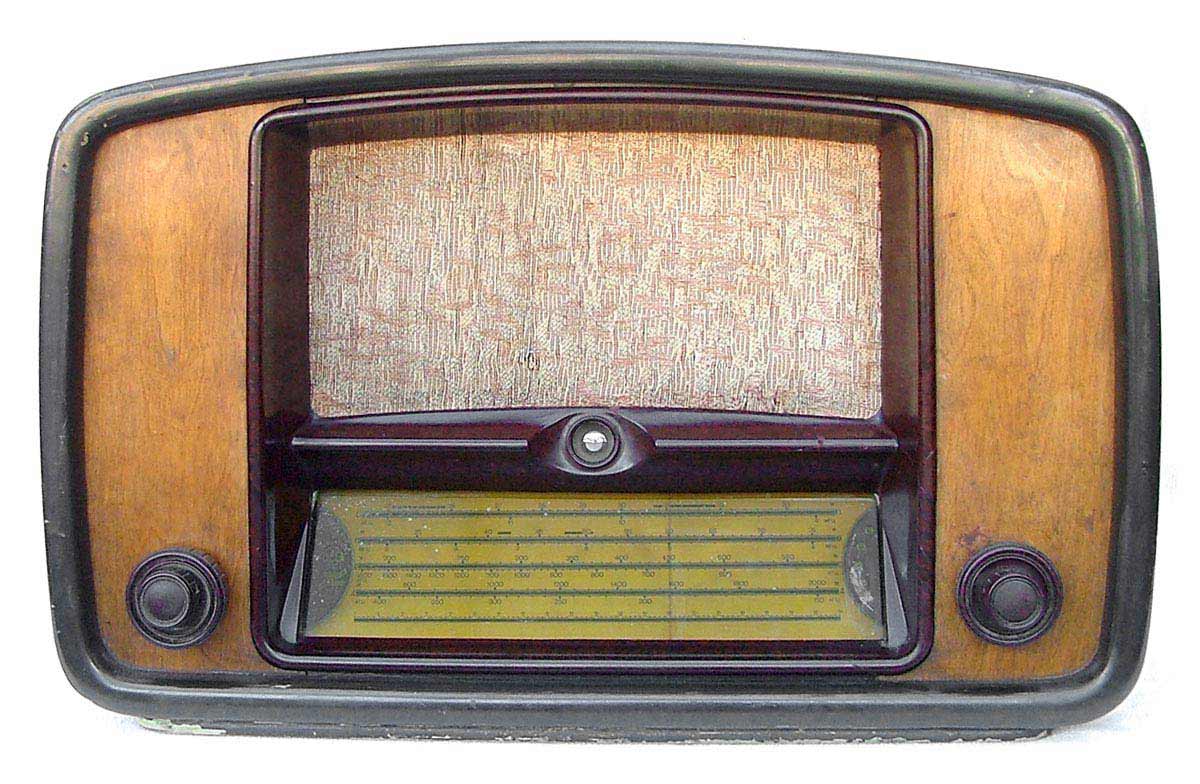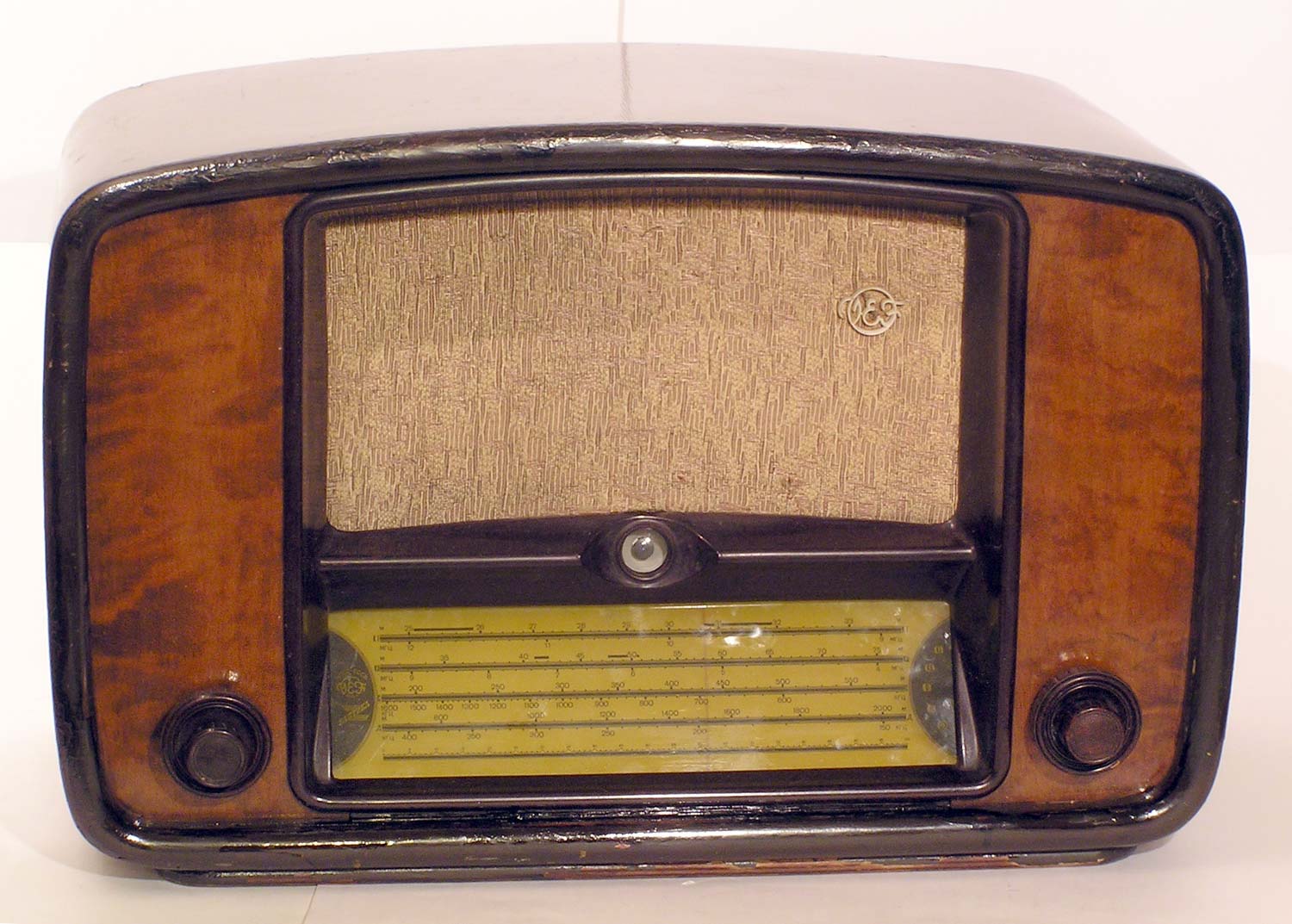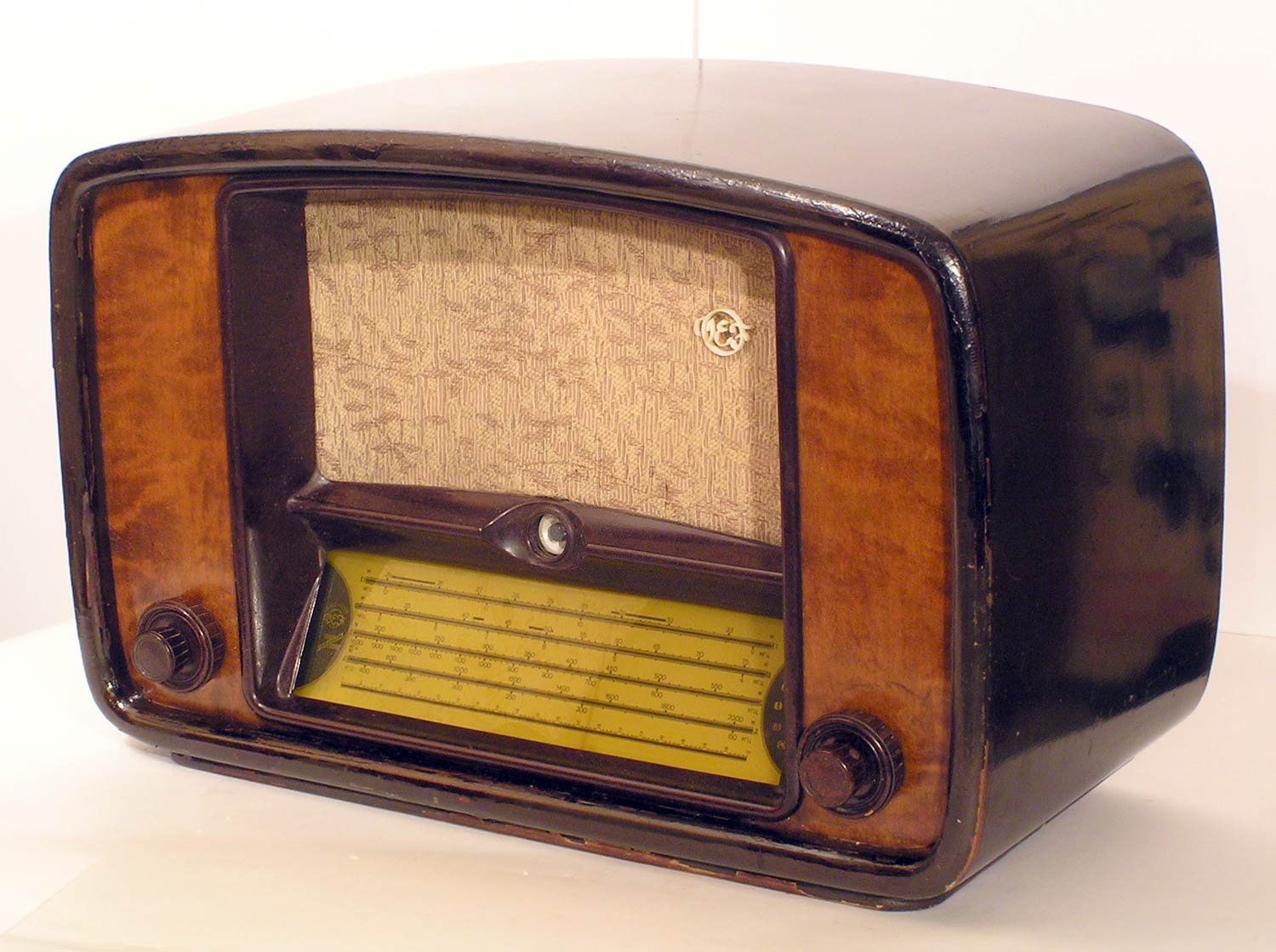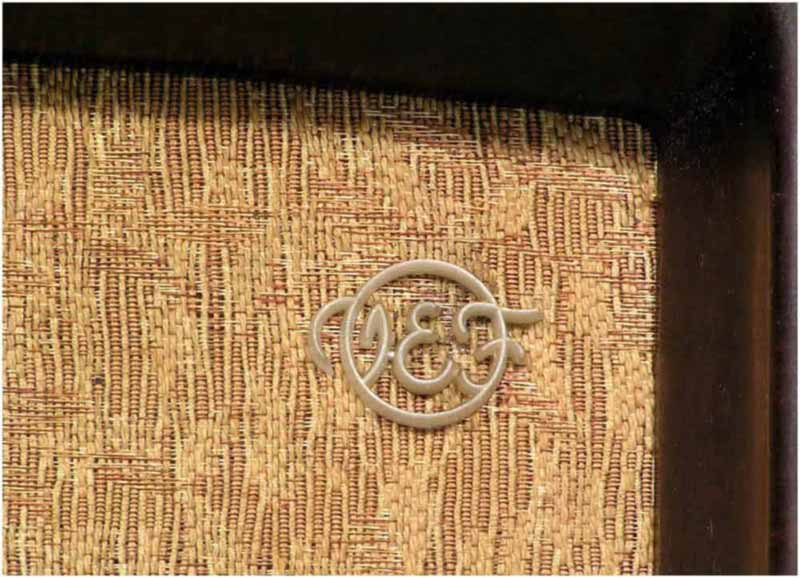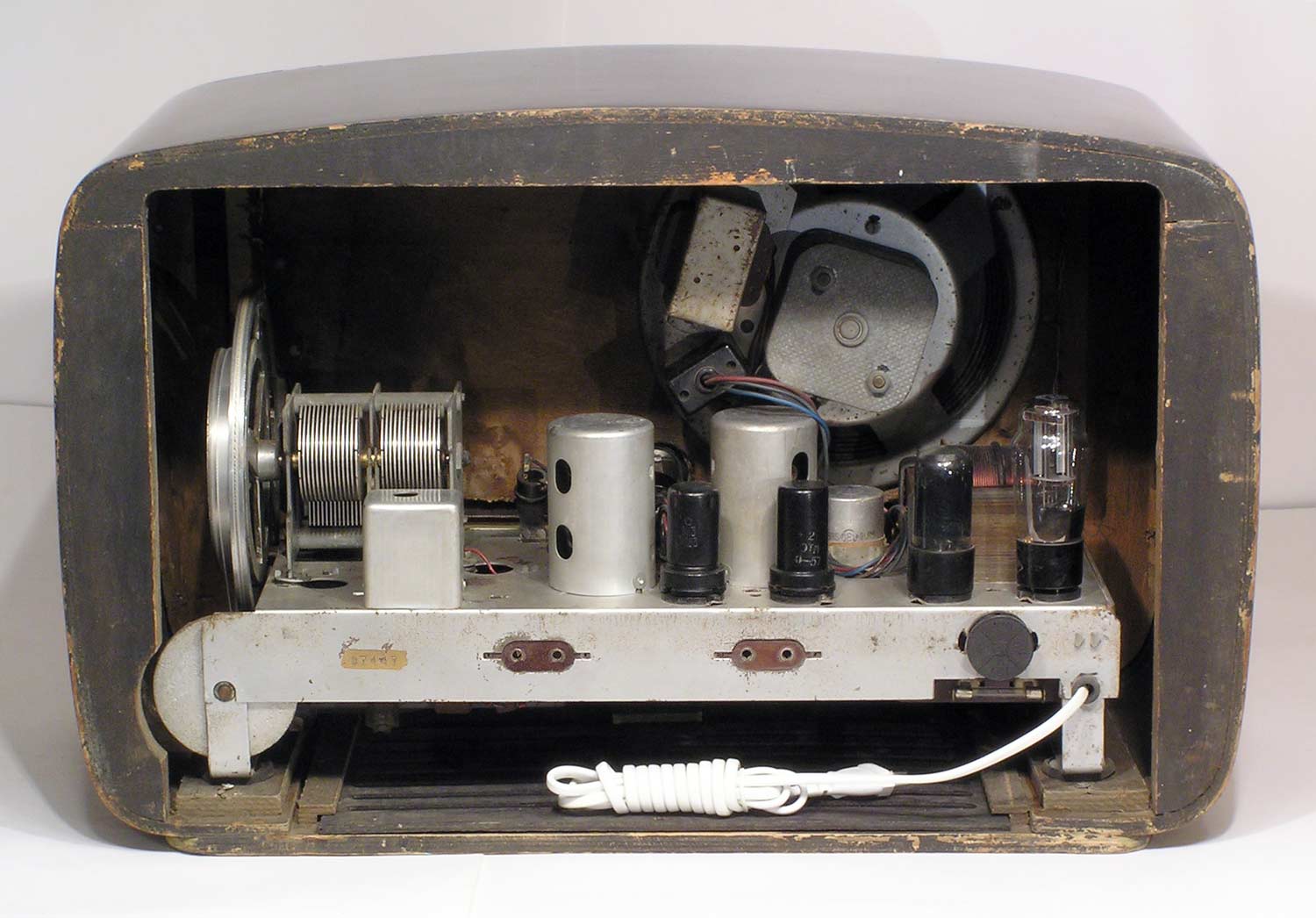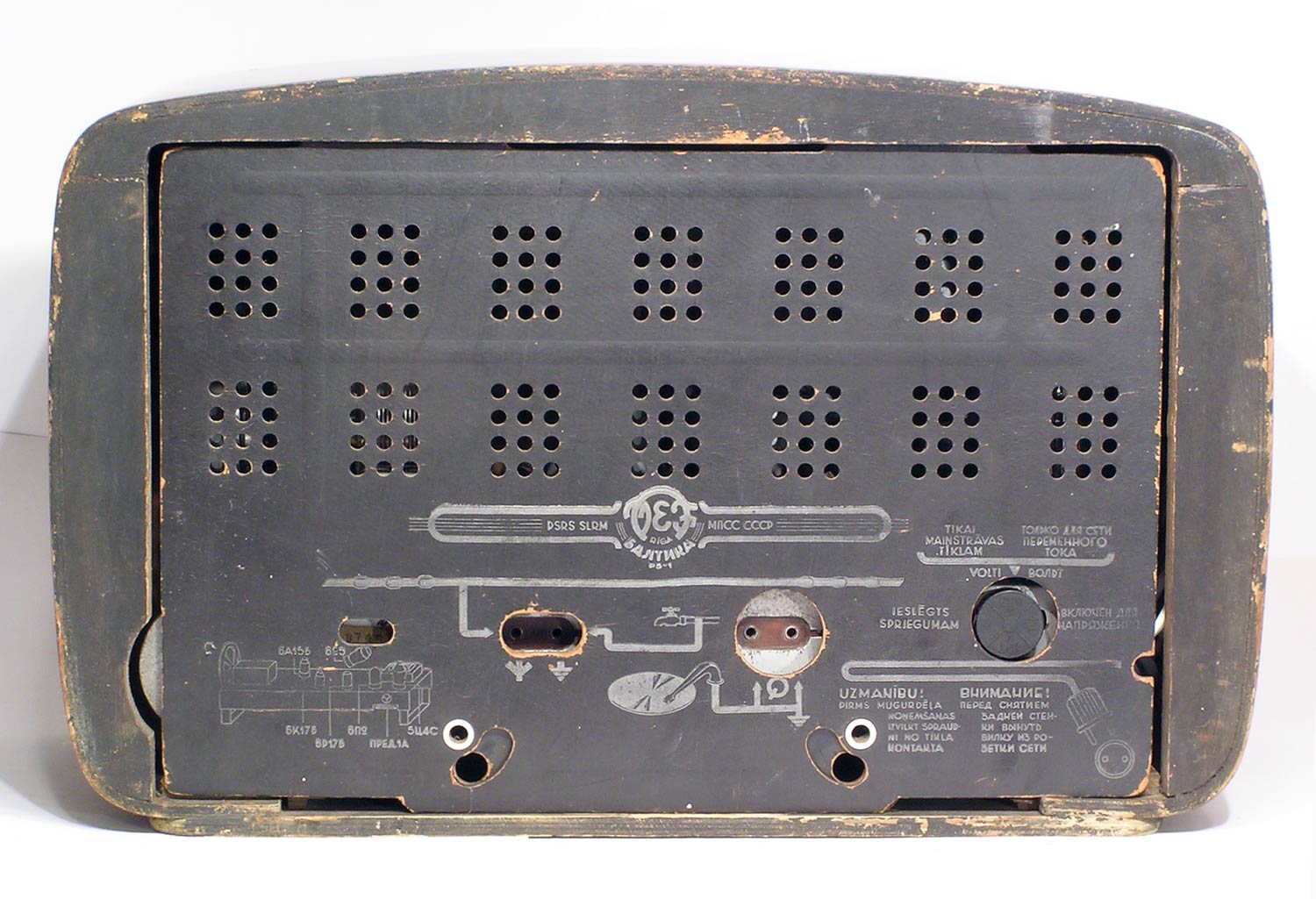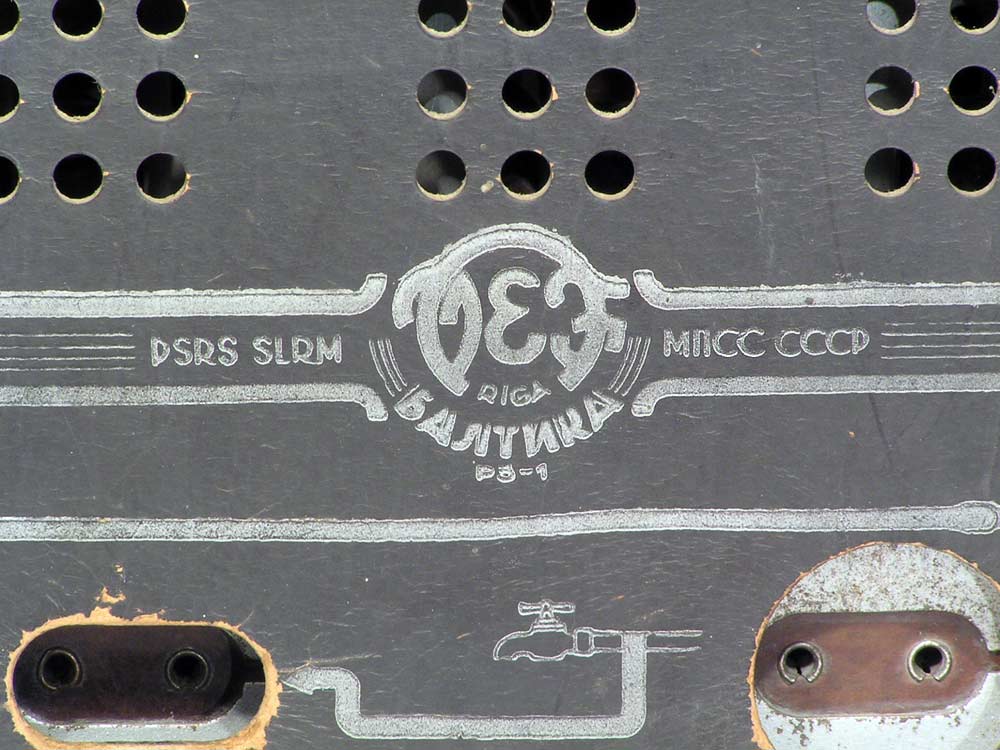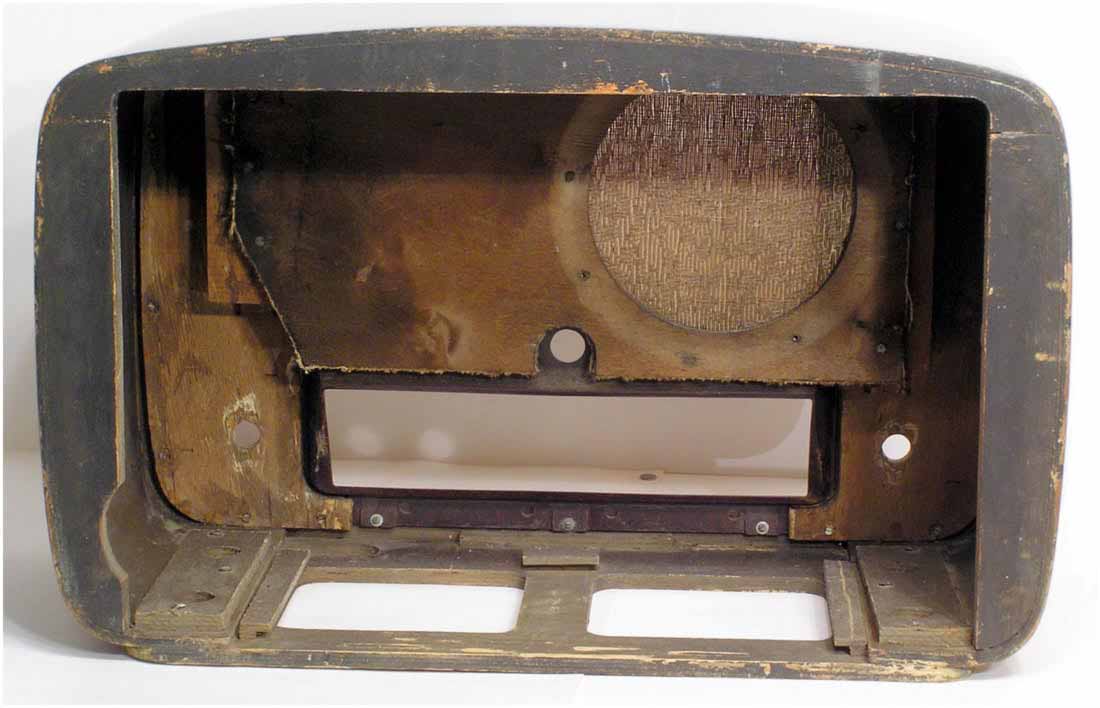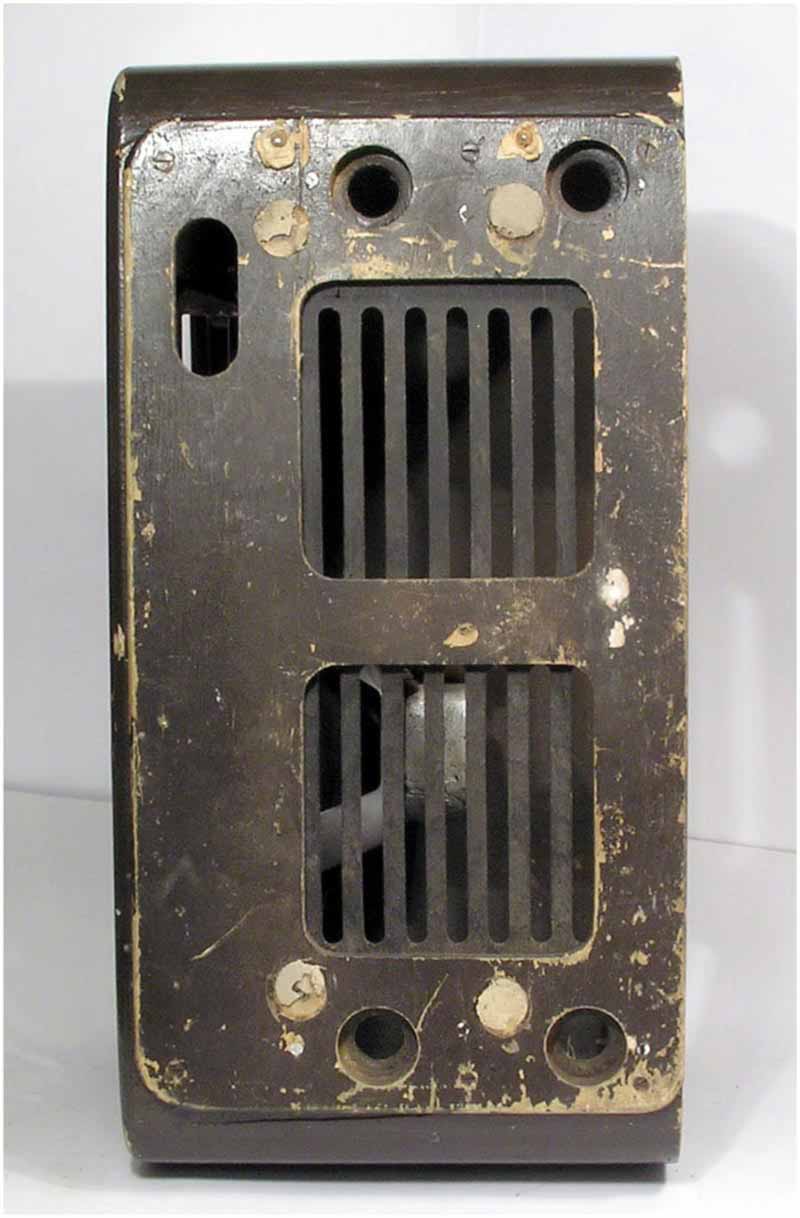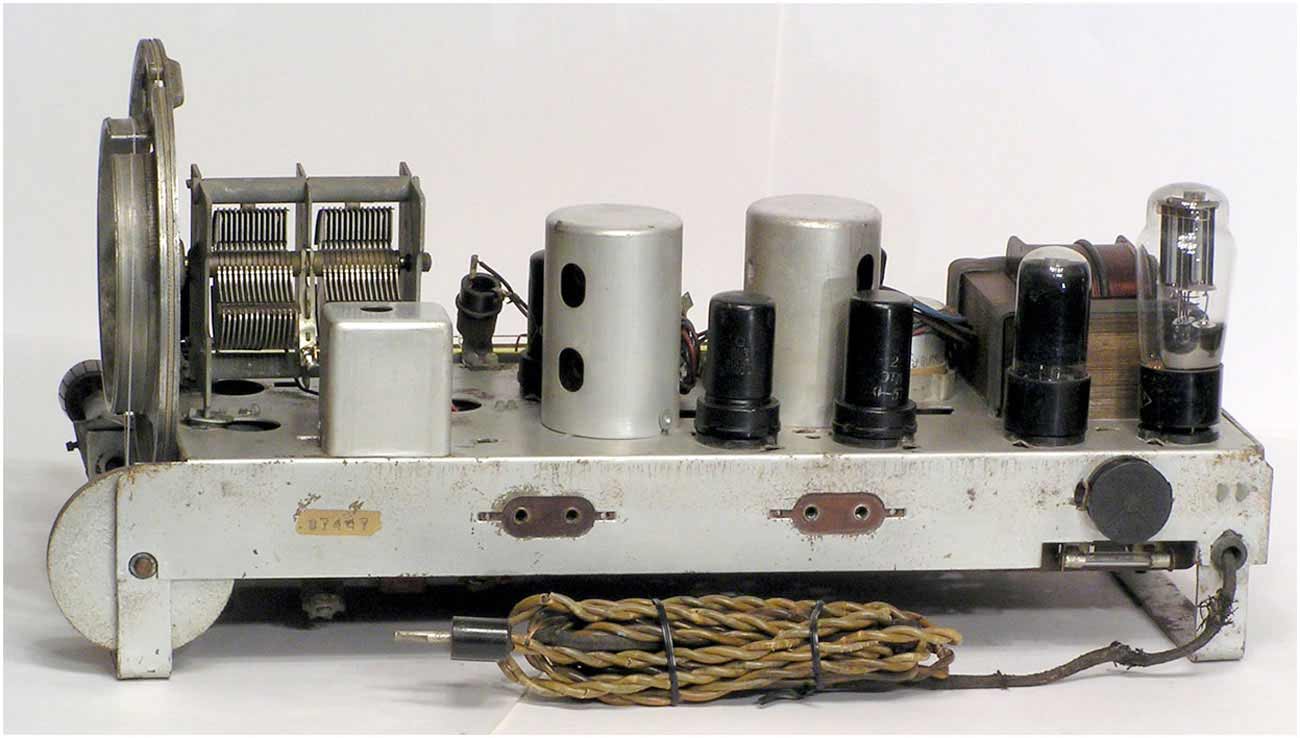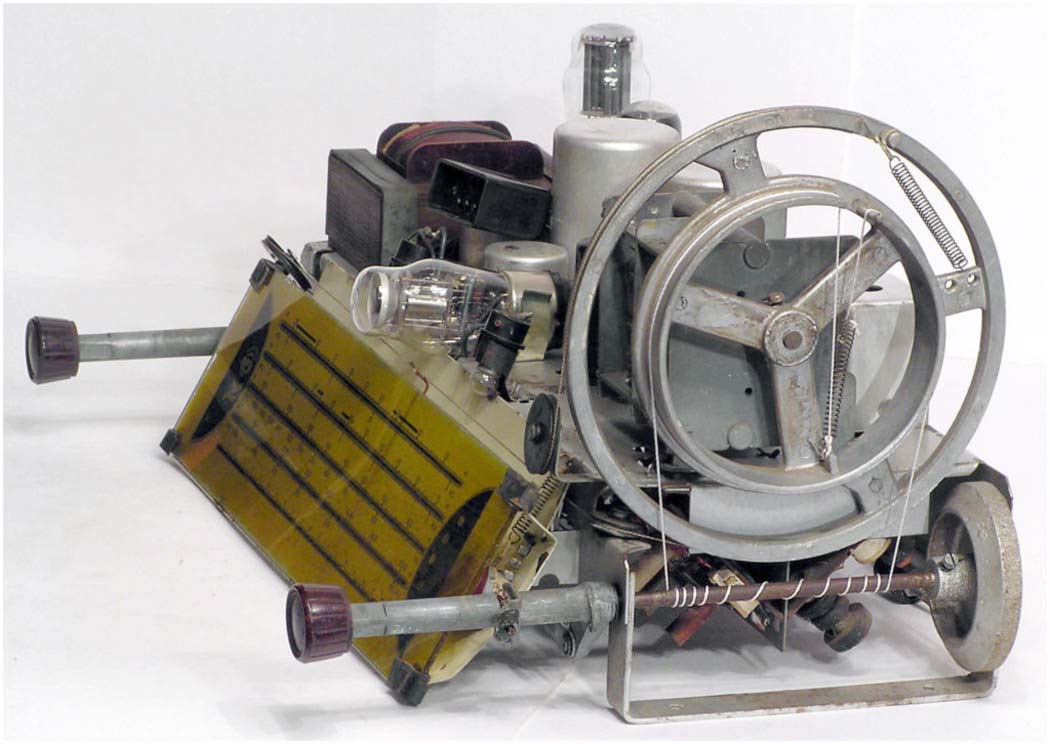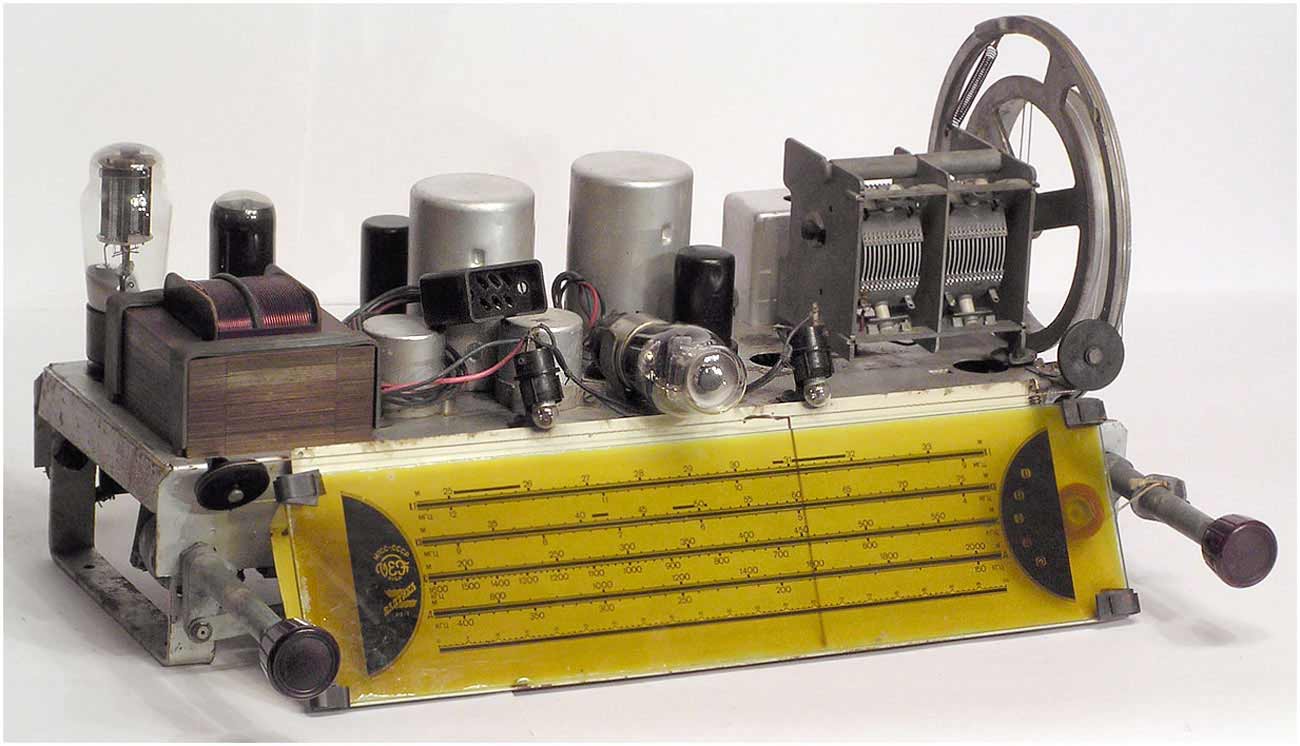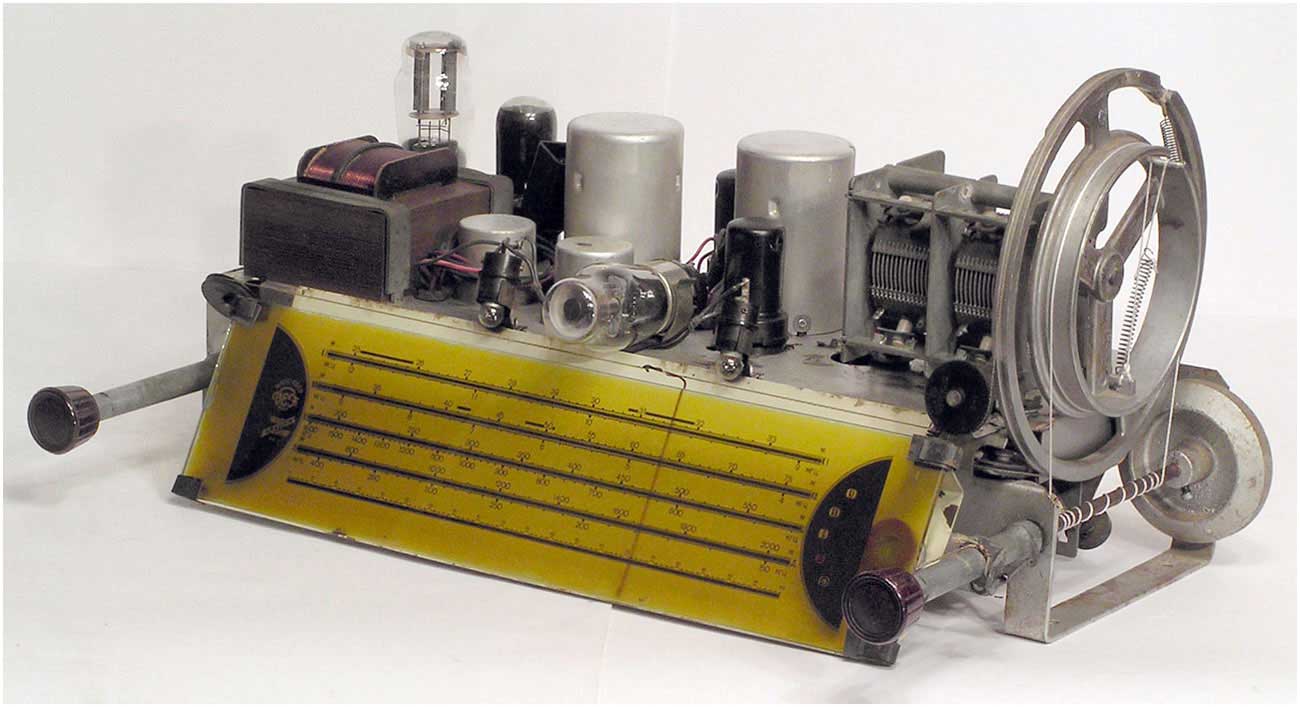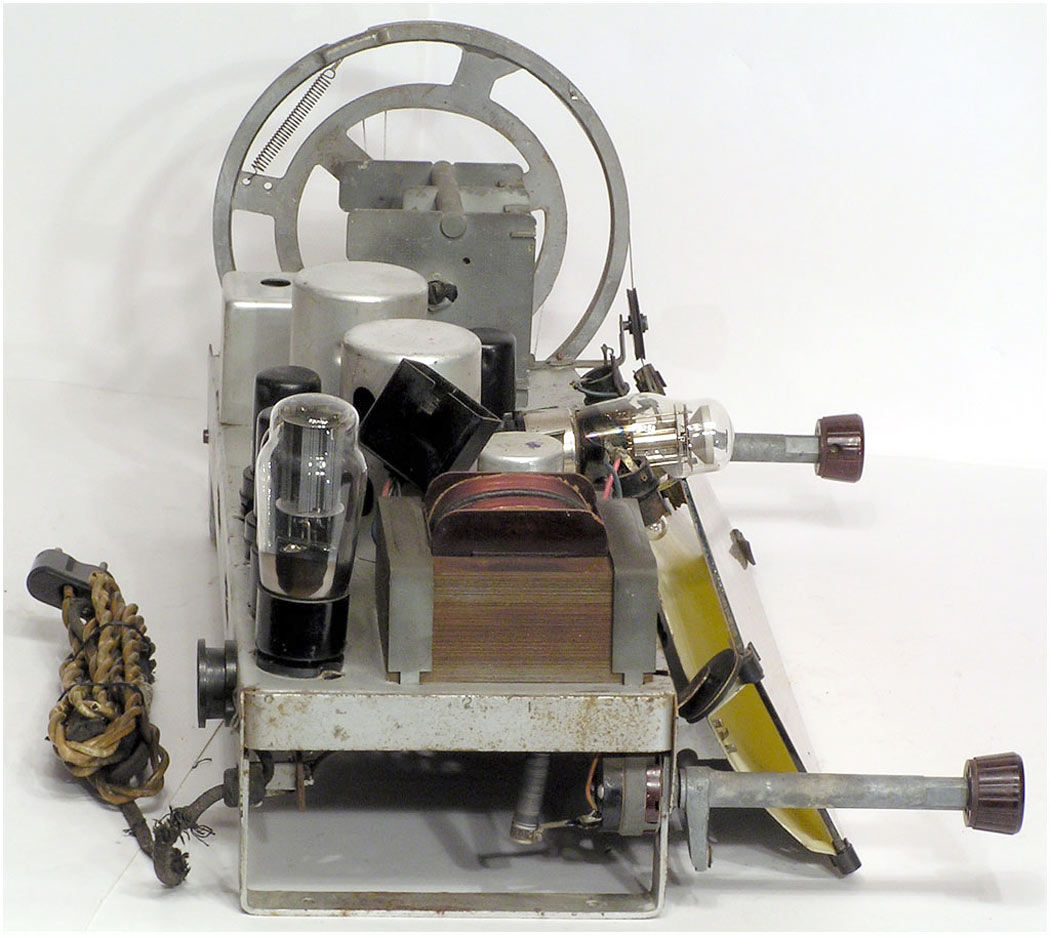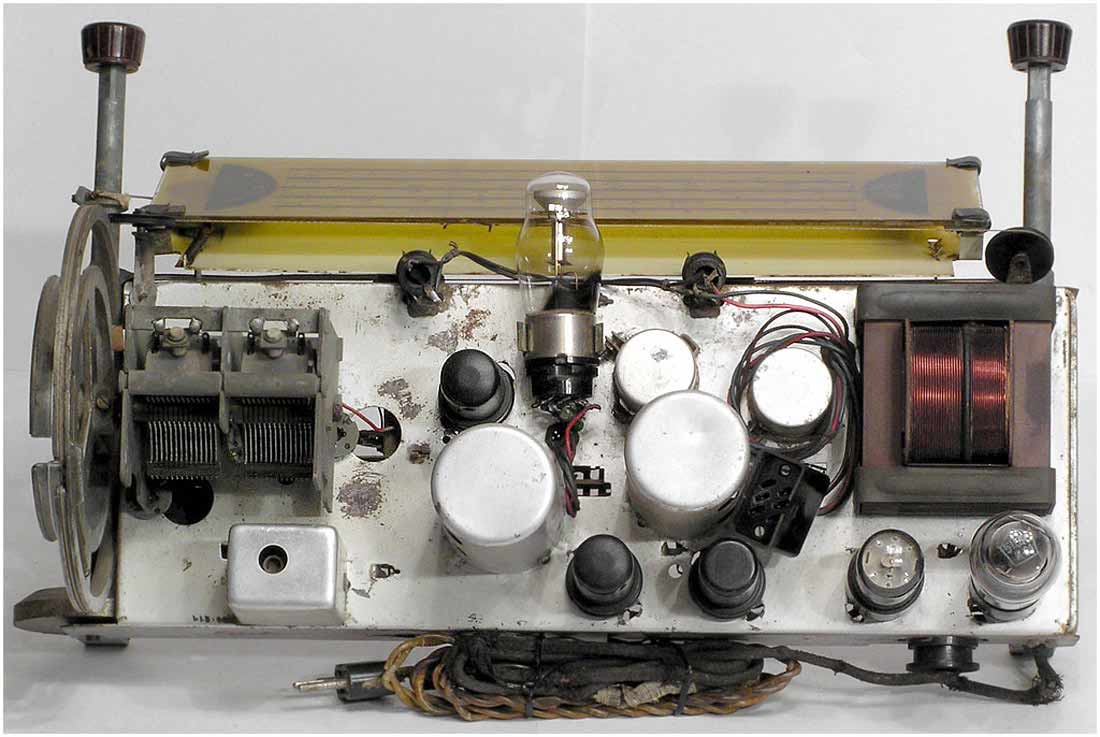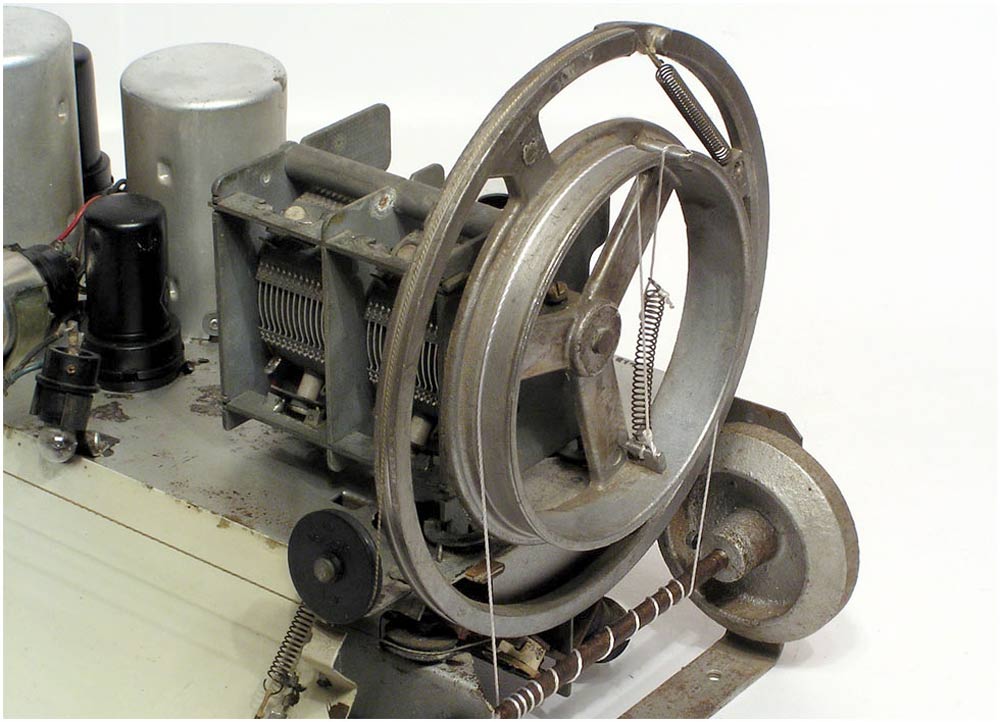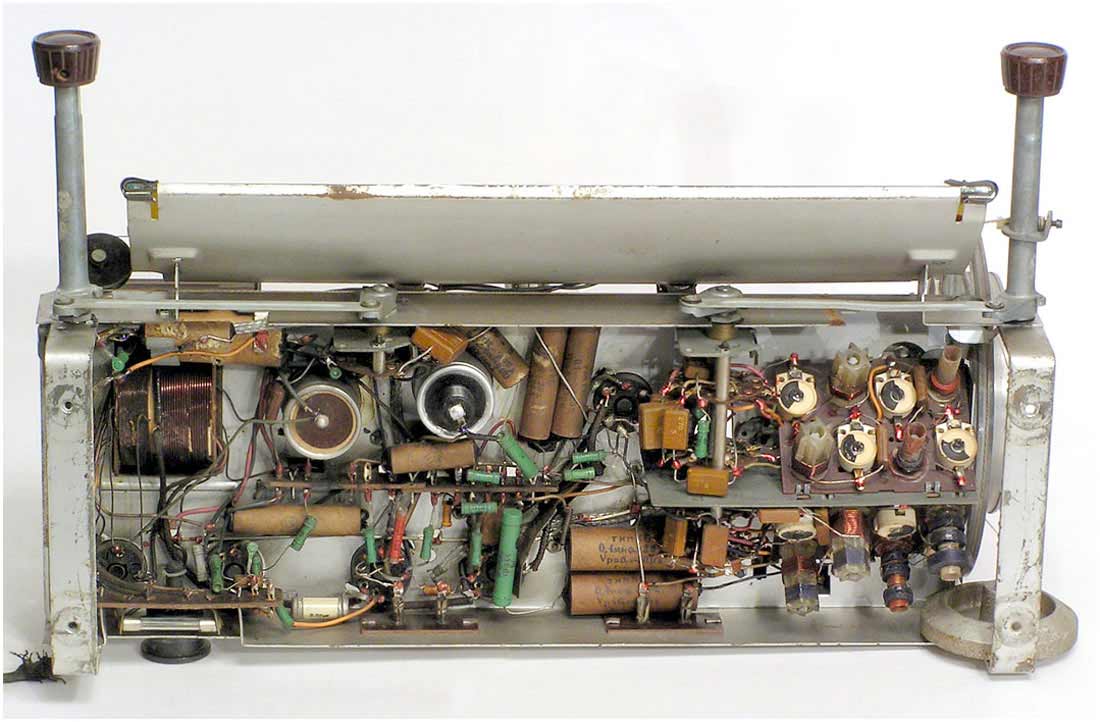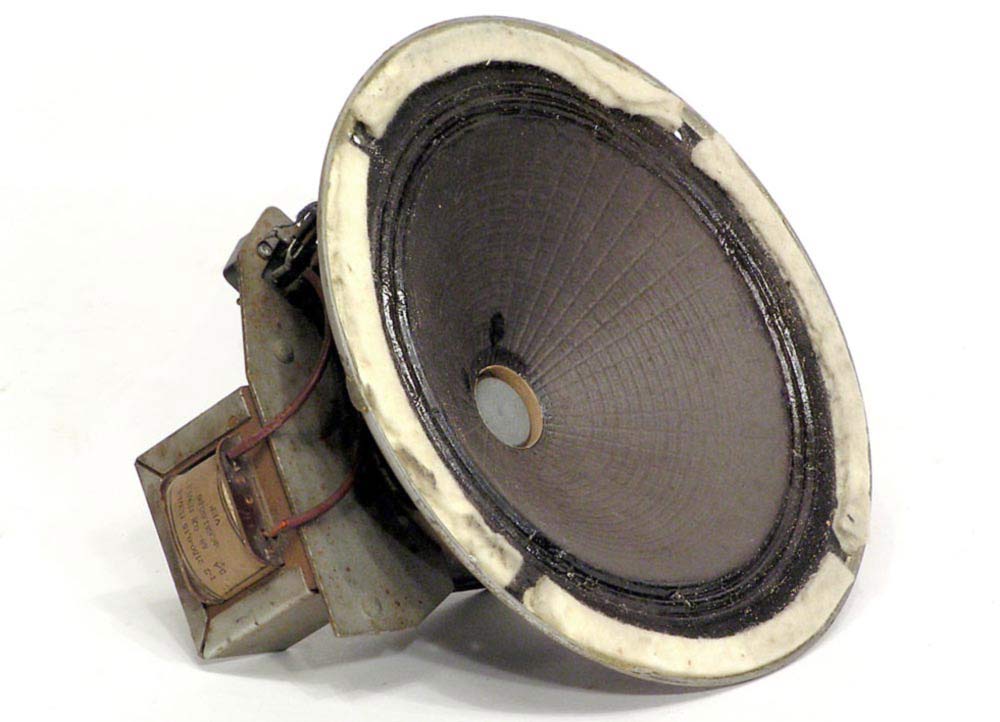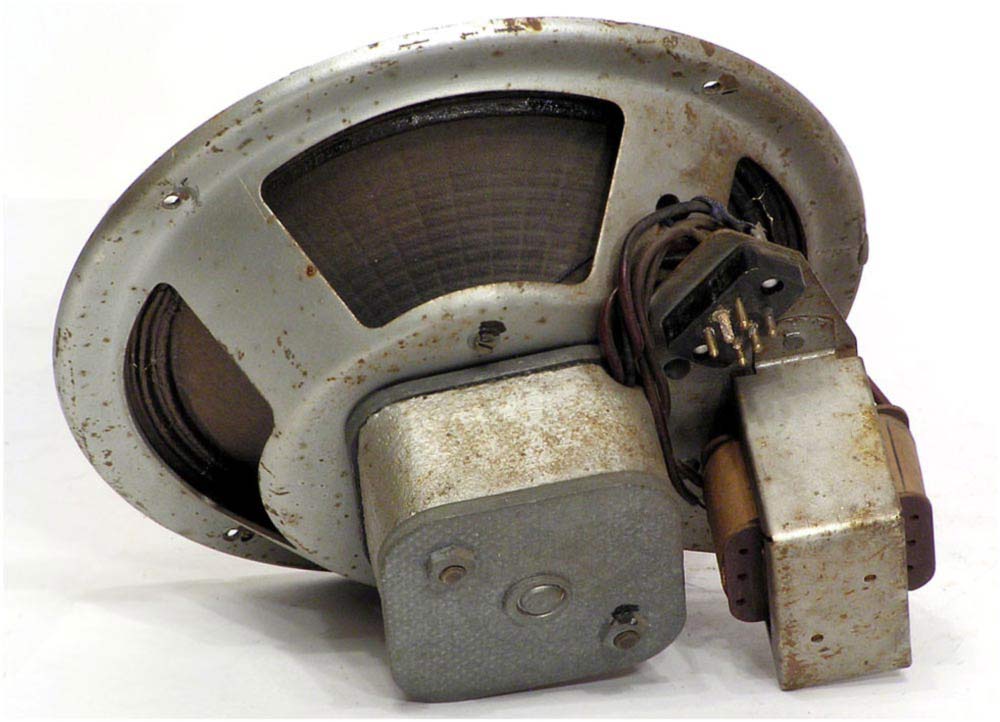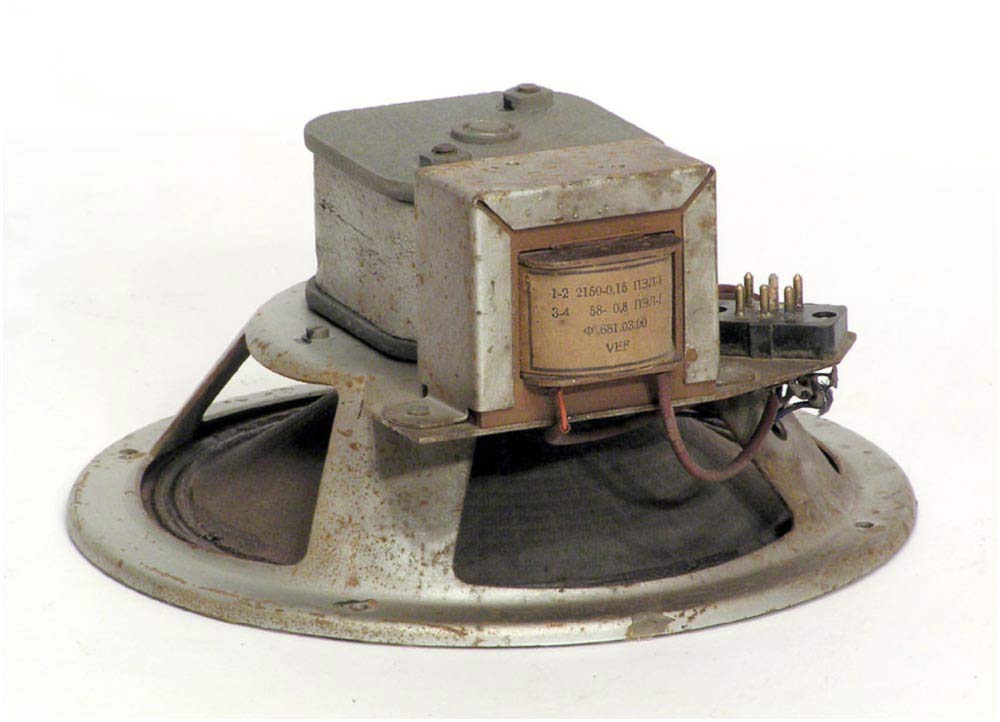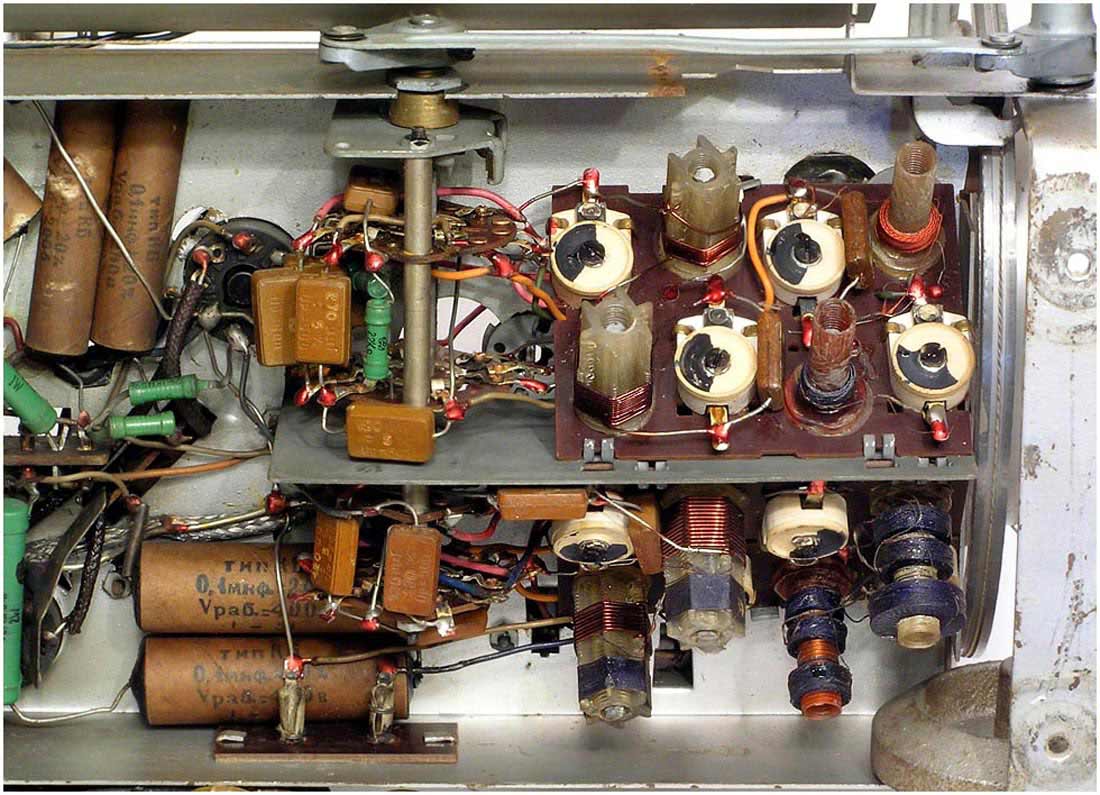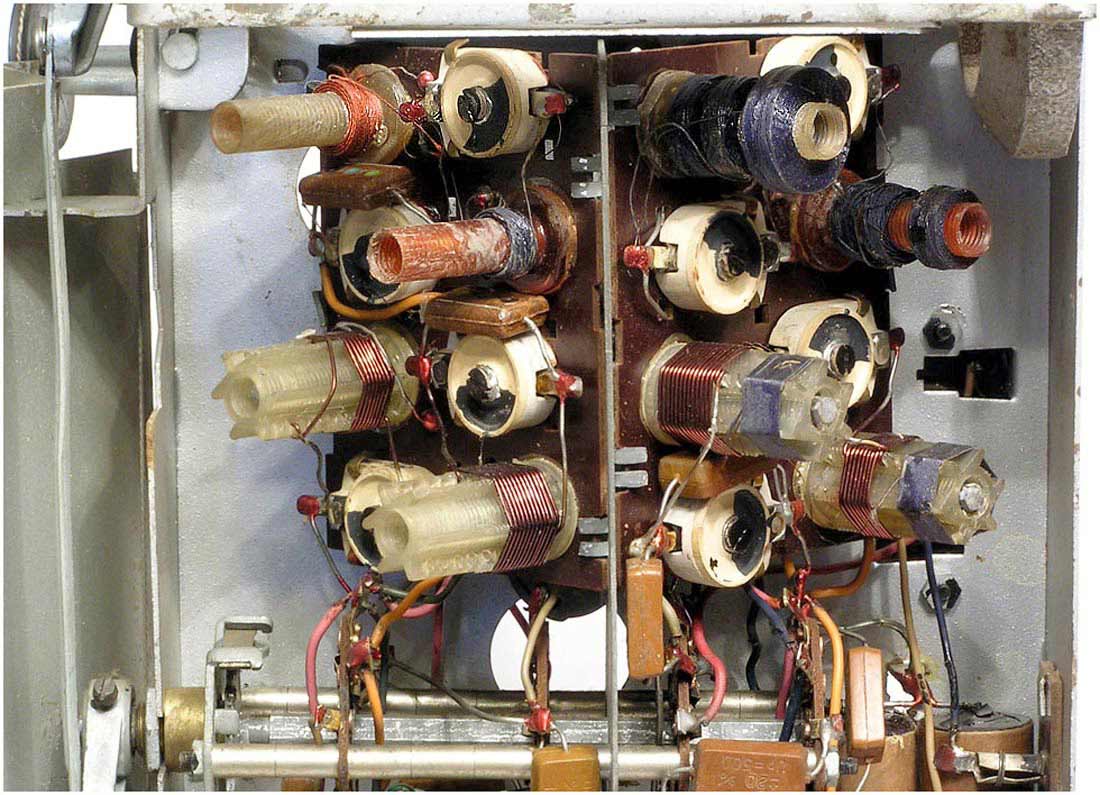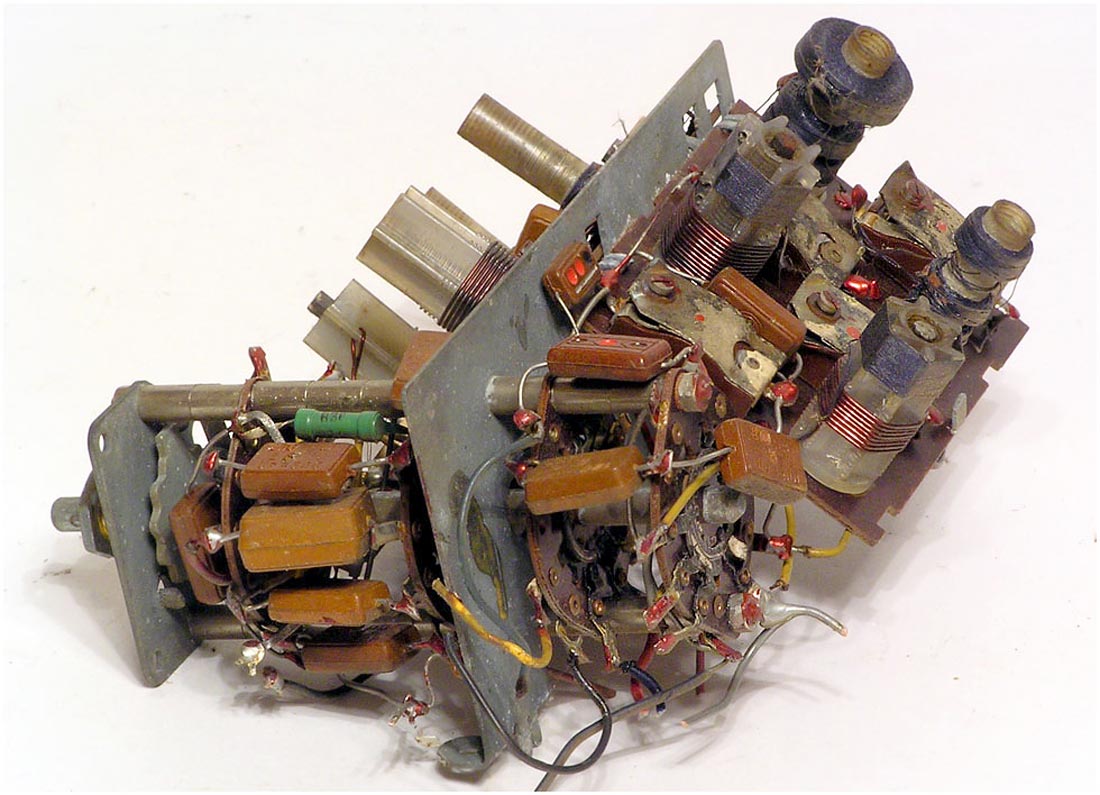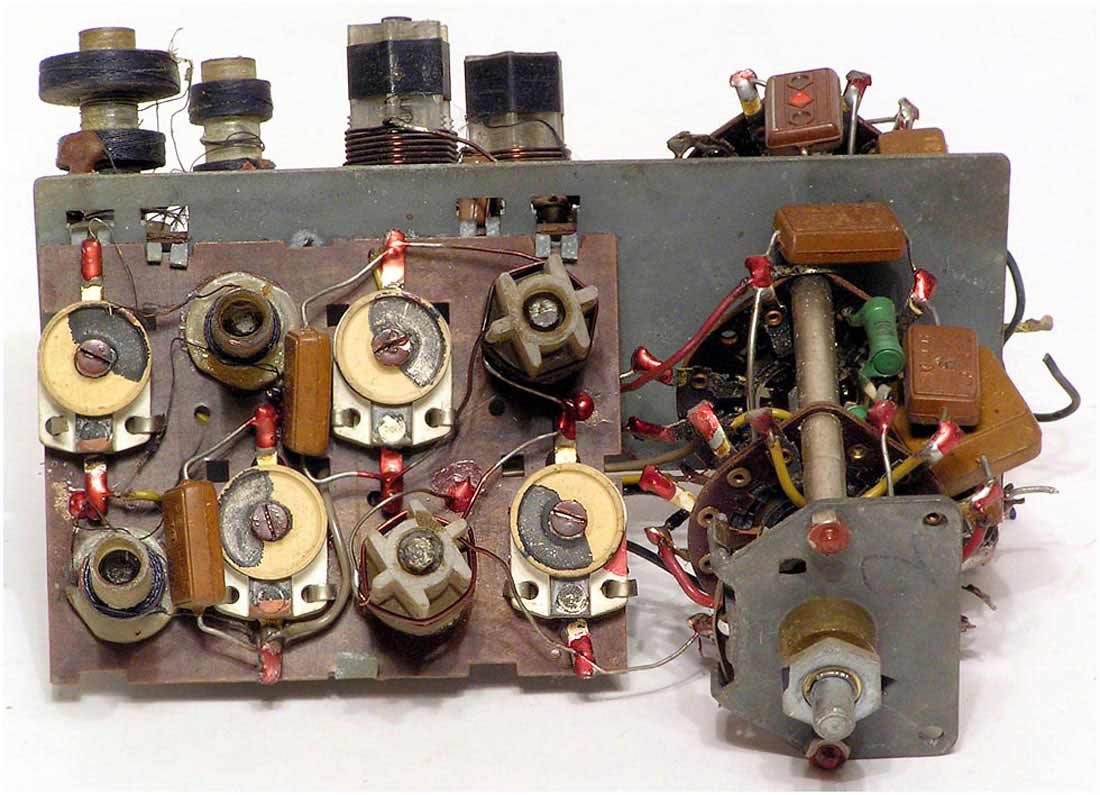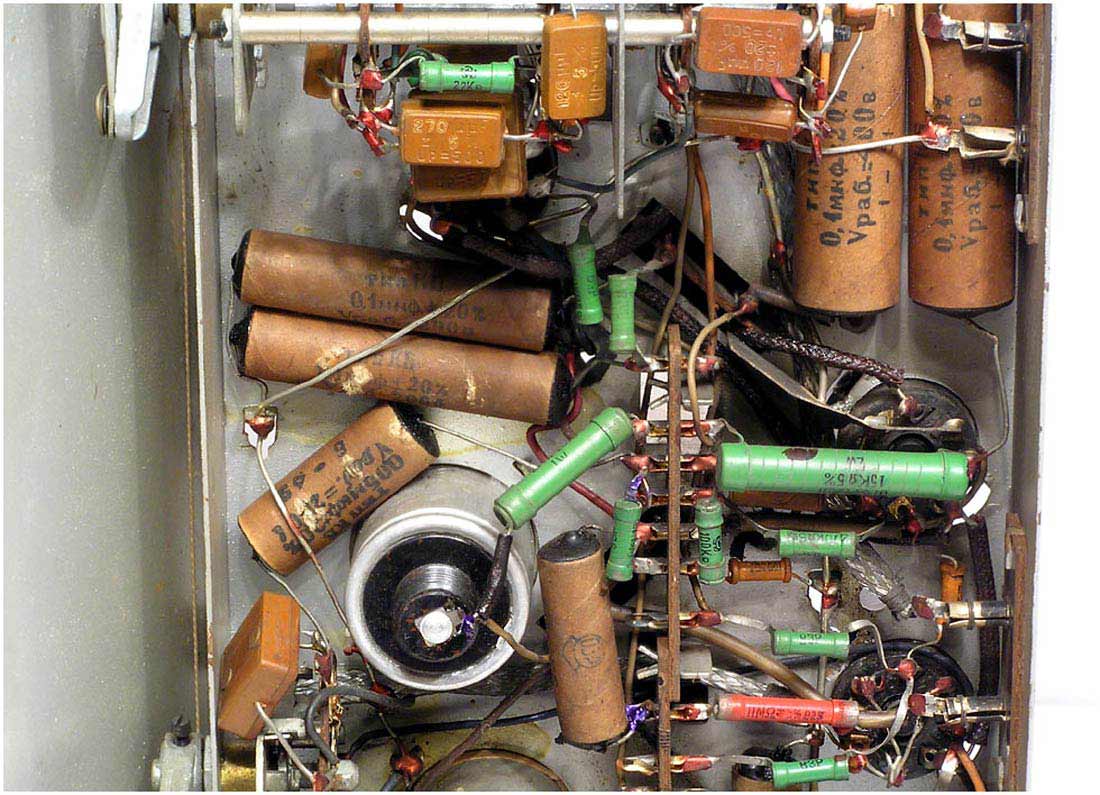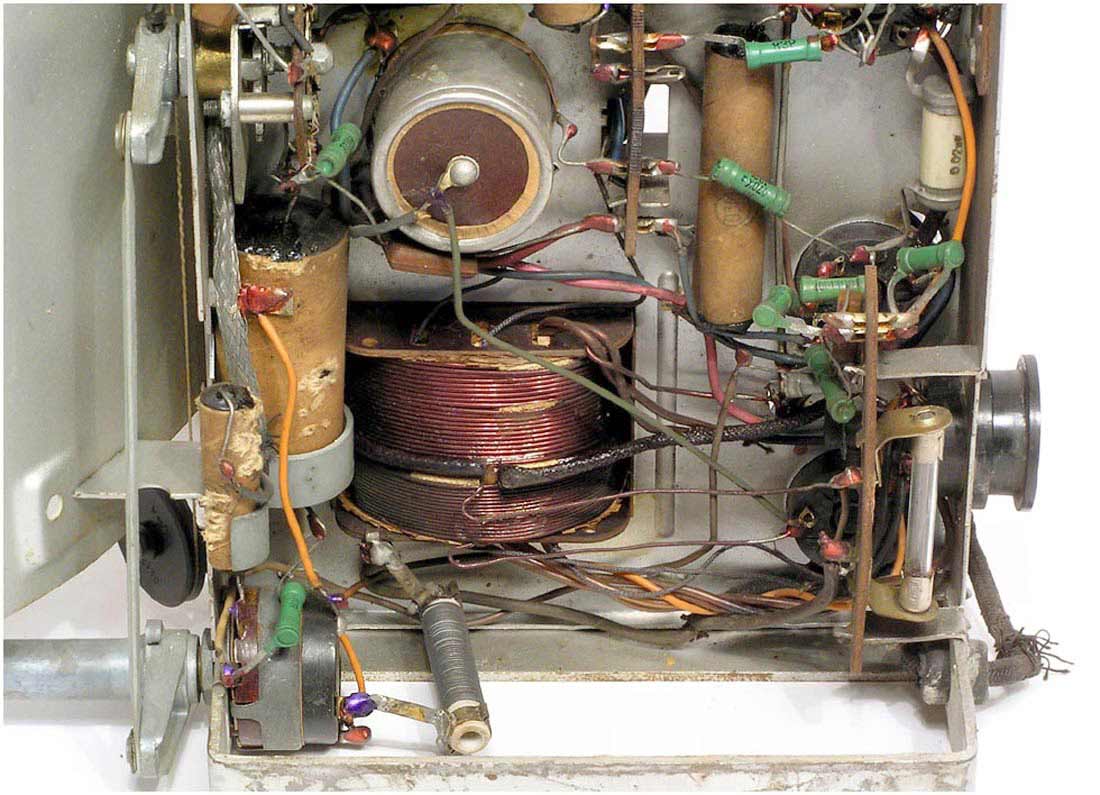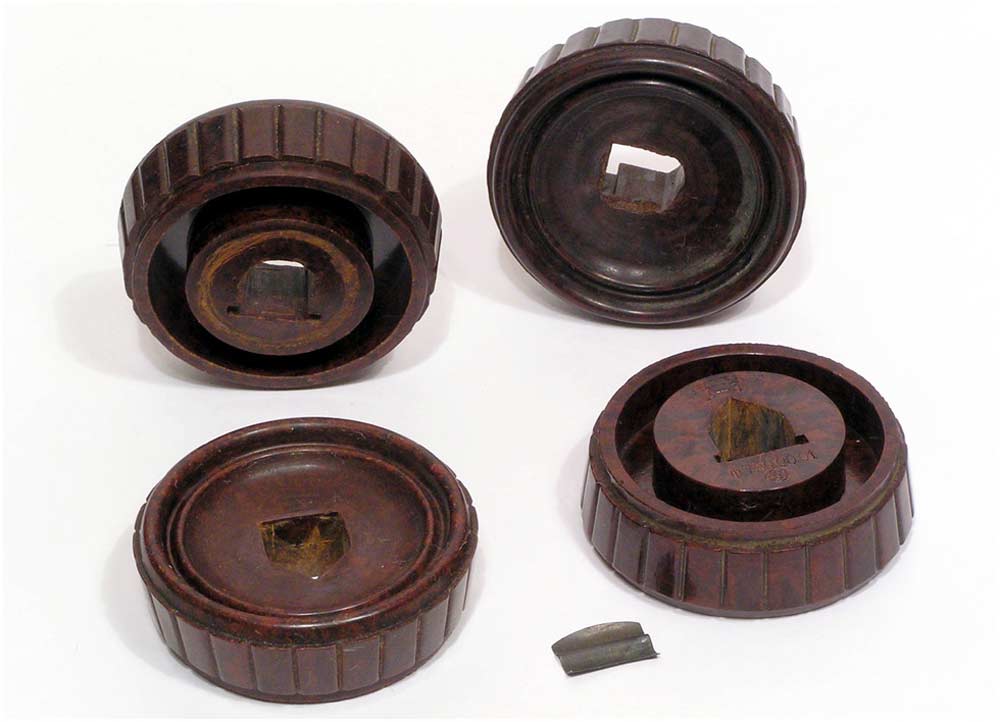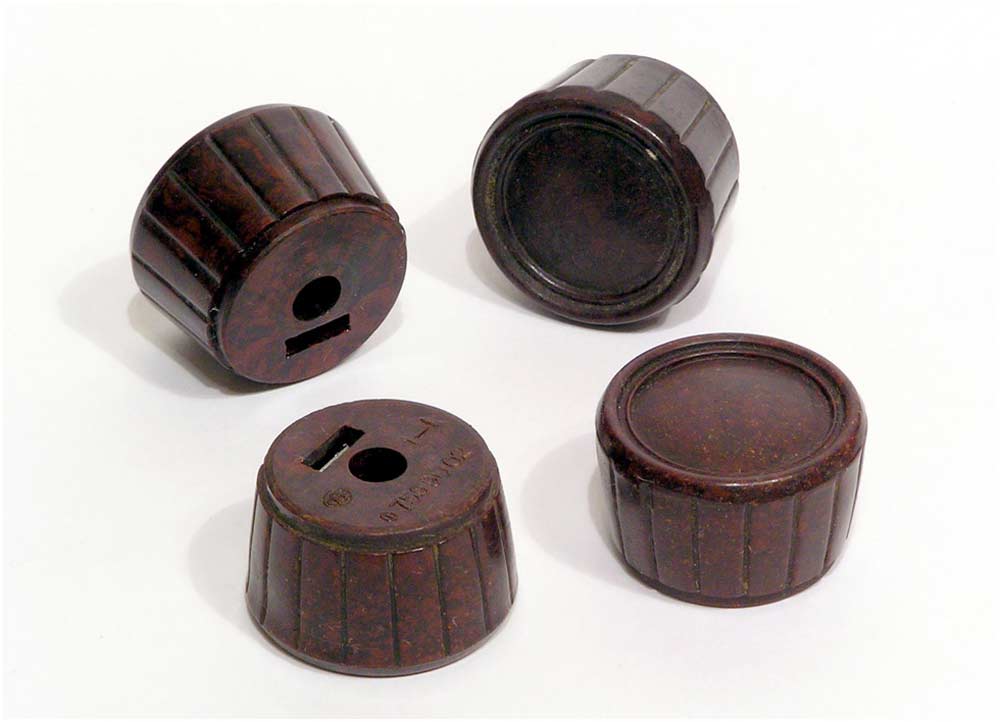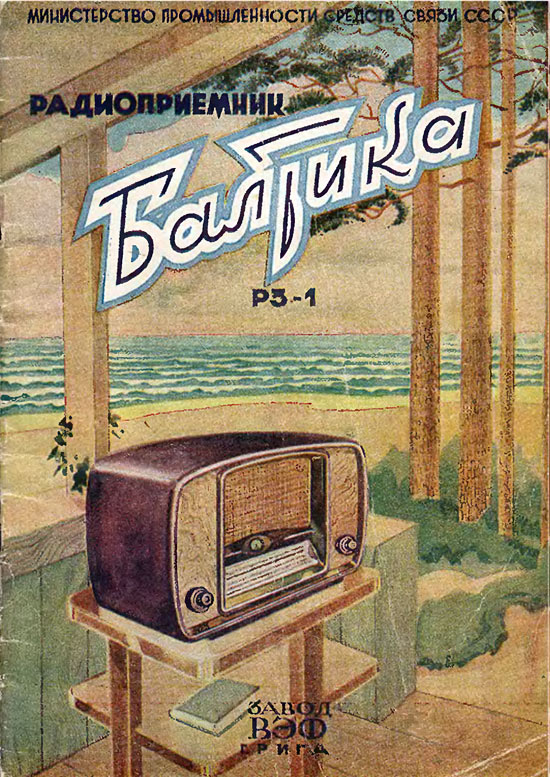Network tube radio receiver `` Baltika ''.
Tube radios.DomesticThe network lamp radio receiver "Baltika" (RZ-1) has been produced since 1950 by the Riga radio plant VEF and the Gorky plant ZIL. Since February 1950, at the Riga state enterprise VEF (p / box 45), and later at the Gorky plant named after Lenin, the serial production of the second class desktop superheterodyne radio receiver Baltika (P3-1) began. Six-lamp receiver; 6A7, 6K3, 6G2, 6P6S, 6E5S, 5TS4S, operates in the ranges: DV - 2000 ... 732 m, SV - 577 ... 187 m, KV1 - 76 ... 32.3 m, KV2 - 33.3 ... 24.8 m. Sensitivity for LW, SV - 200 µV, KV - 300 µV, from the pickup jacks 0.25 V. Selectivity on adjacent channels 26 dB. The rated output power of the amplifier on the 3GDMP loudspeaker is not less than 2 W. The range of sound frequencies reproduced by its own speaker is 100 ... 4000 Hz. Power consumption from the electrical network is 70 watts. The body is made of wood, plywood, dimensions 560x360x280 mm. Receiver weight 15 kg. Control knobs are located on the front panel; low volume on the left and mains switch, large on the left tone switch, small on the right setting, and a large range switch and enabling the ULF input. At the rear, on the chassis, there are sockets for the antenna, grounding, additional speaker, pickup and mains voltage switch. The Baltika radio has been moderated several times, at least two such upgrades are known. Information about such changes is available on the website of Nikolai Baranov from the mountains. Riga. Additional letters and the number "РЗ-1" - possibly reflect the names of the developer of the first (1) receiver circuit L. Ratiner and designer M. Zalevsky. GOST 5651-51 has not yet been used, but many parameters of the Baltika radio have already been adjusted to suit it. An experimental series (~ 50 copies) of the Baltika radio receiver (P3-1) was produced at the VEF plant in December 1949.